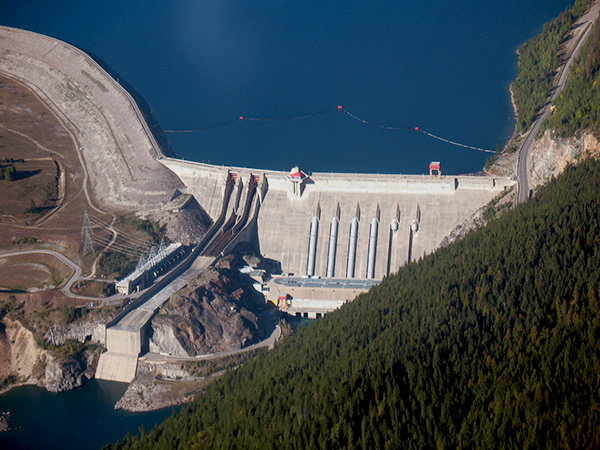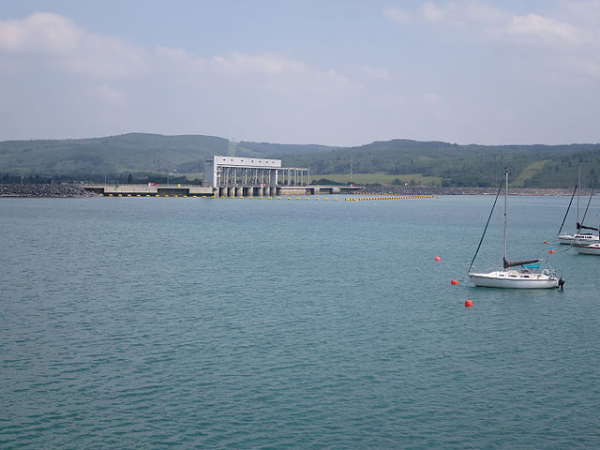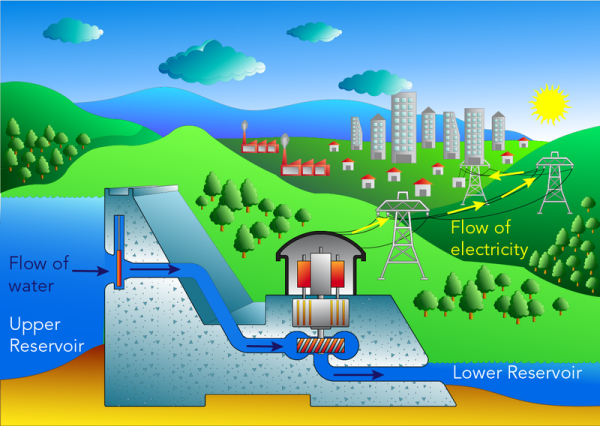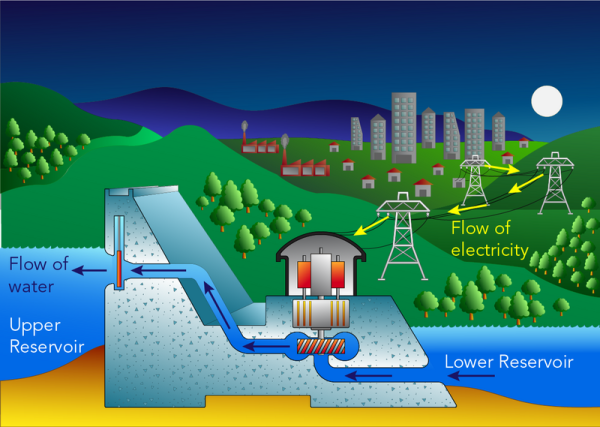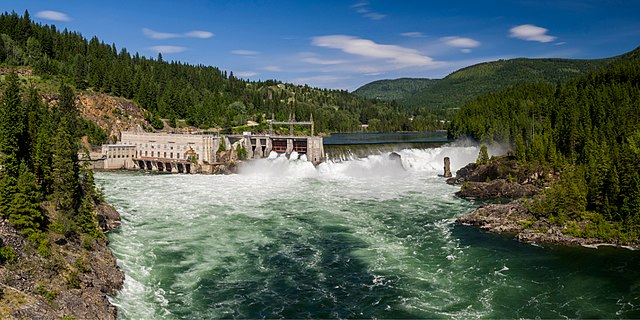Generating Electricity: Hydroelectric Power
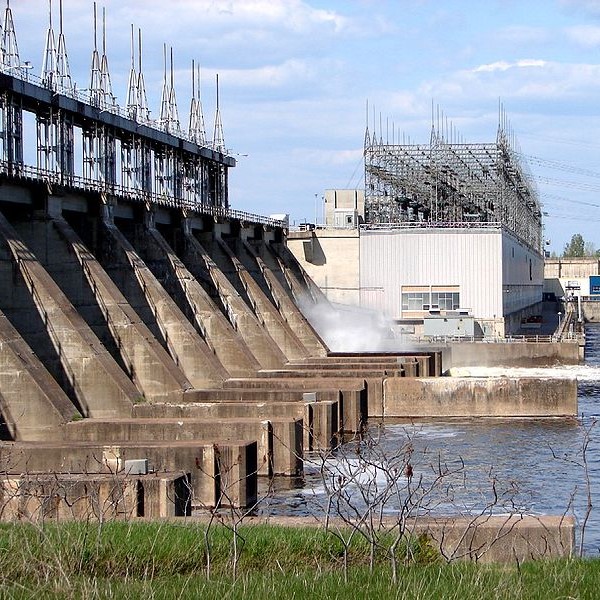
Carillon Hydroelectric Power Station, Saint-André-d'Argenteuil, Quebec (P199 [CC BY-SA 3.0], Wikimedia Commons)

Carillon Hydroelectric Power Station, Saint-André-d'Argenteuil, Quebec (P199 [CC BY-SA 3.0], Wikimedia Commons)
7.4
How does this align with my curriculum?
Curriculum Alignment
BC
10
Science Grade 10 (March 2018)
Big Idea: Energy is conserved and its transformation can affect living things and the environment.
NU
9
Knowledge and Employability Science 9 (Alberta, Revised 2009)
Unit D: Electrical Principles and Technologies
NU
11
Science 24 (Alberta, 2003, Updated 2014)
Unit B: Understanding Common Energy Conversion Systems
YT
10
Science Grade 10 (British Columbia, June 2016)
Big Idea: Energy is conserved and its transformation can affect living things and the environment.
NT
11
Science 24 (Alberta, 2003, Updated 2014)
Unit B: Understanding Common Energy Conversion Systems
AB
9
Knowledge and Employability Science 8, 9 (revised 2009)
Unit D: Electrical Principles and Technologies
NT
9
Knowledge and Employability Science 9 (Alberta, Revised 2009)
Unit D: Electrical Principles and Technologies
BC
7
Science Grade 7 (June 2016)
Big Idea: The electromagnetic force produces both electricity and magnetism.
YT
7
Science Grade 7 (British Columbia, June 2016)
Big Idea: The electromagnetic force produces both electricity and magnetism.
PE
6
Integrated Curriculum Grade 6: Science (Draft 2023)
DK 1.3: Understanding electricity and electric circuits enhances convenience in our lives and contributes to a healthier planet.
PE
6
Integrated Curriculum Grade 6: Science (Draft 2023)
DK 1.3: Investigate characteristics of electricity and electric circuits.
AB
10
Knowledge and Employability Science 10-4 (2006)
Unit B: Understanding Energy Transfer Technologies
NU
10
Knowledge and Employability Science 10-4 (2006)
Unit B: Understanding Energy Transfer Technologies
NT
10
Knowledge and Employability Science 10-4 (Alberta, 2006)
Unit B: Understanding Energy Transfer Technologies
